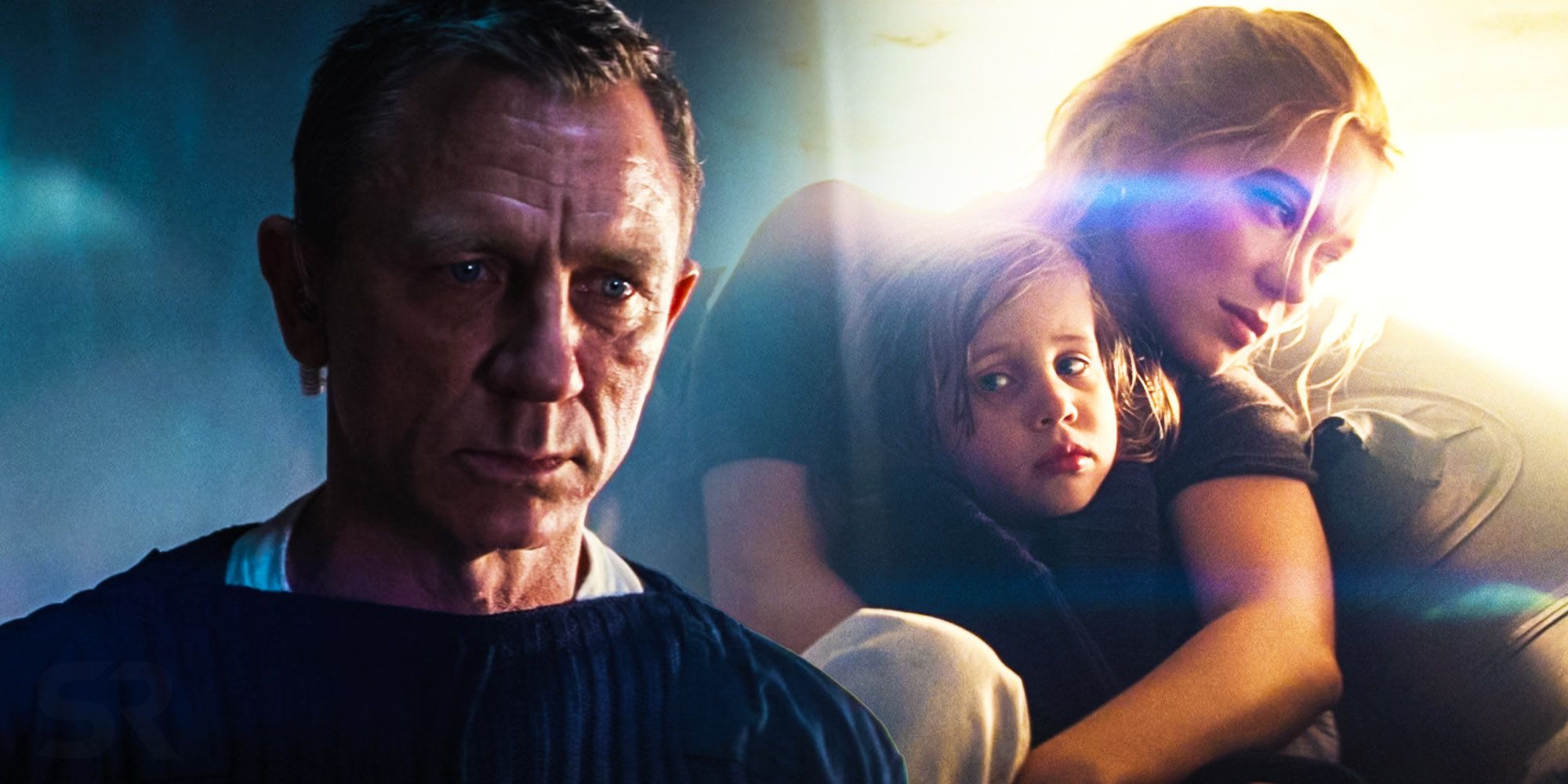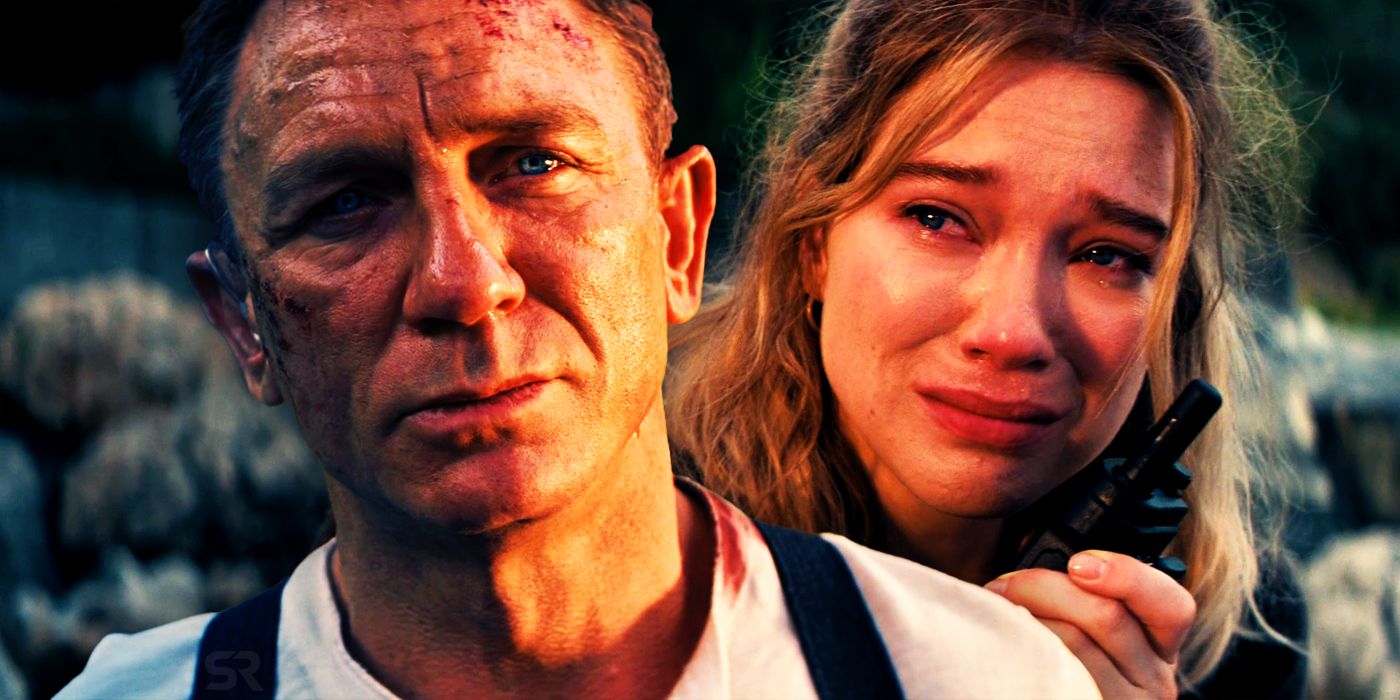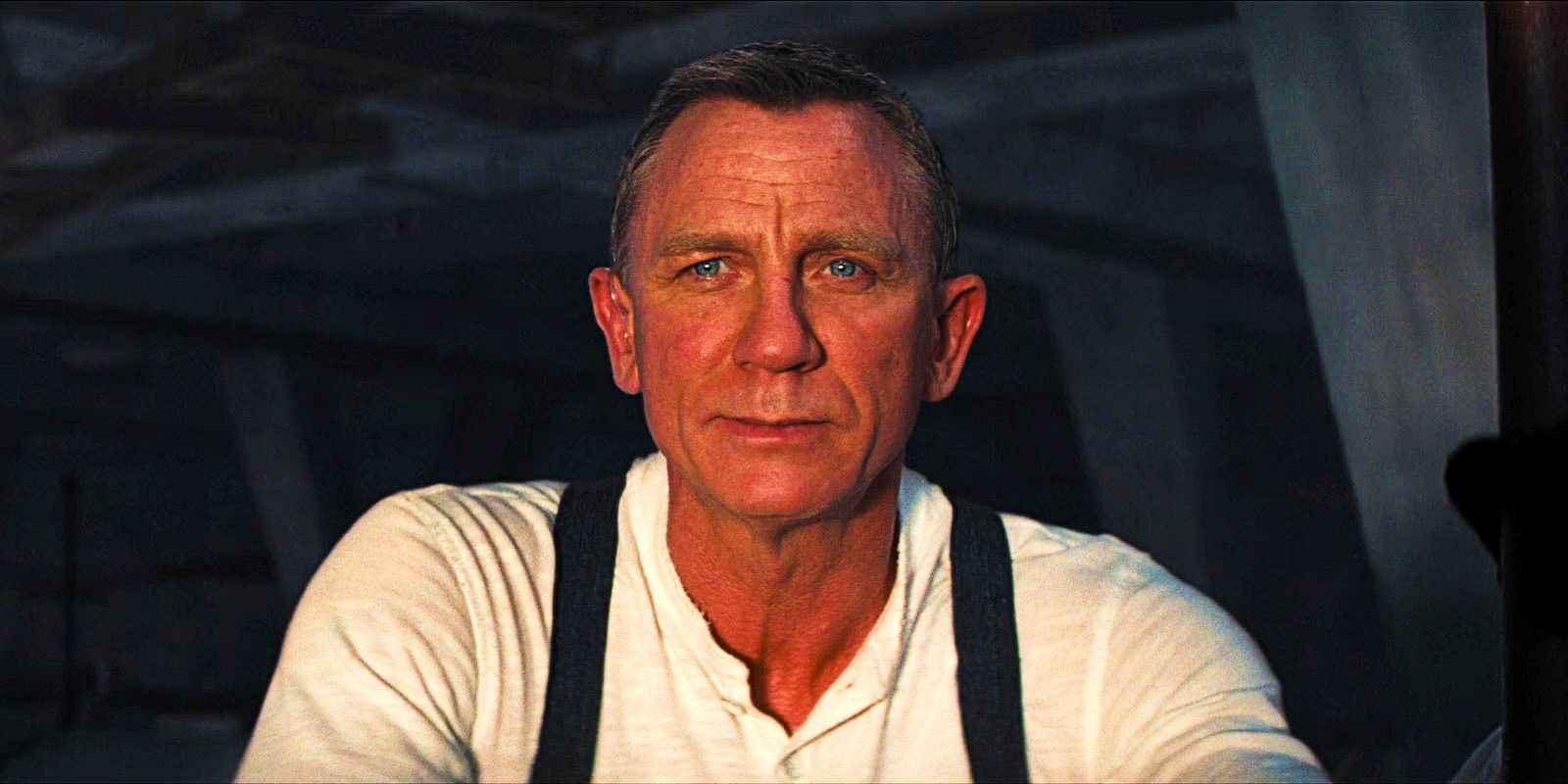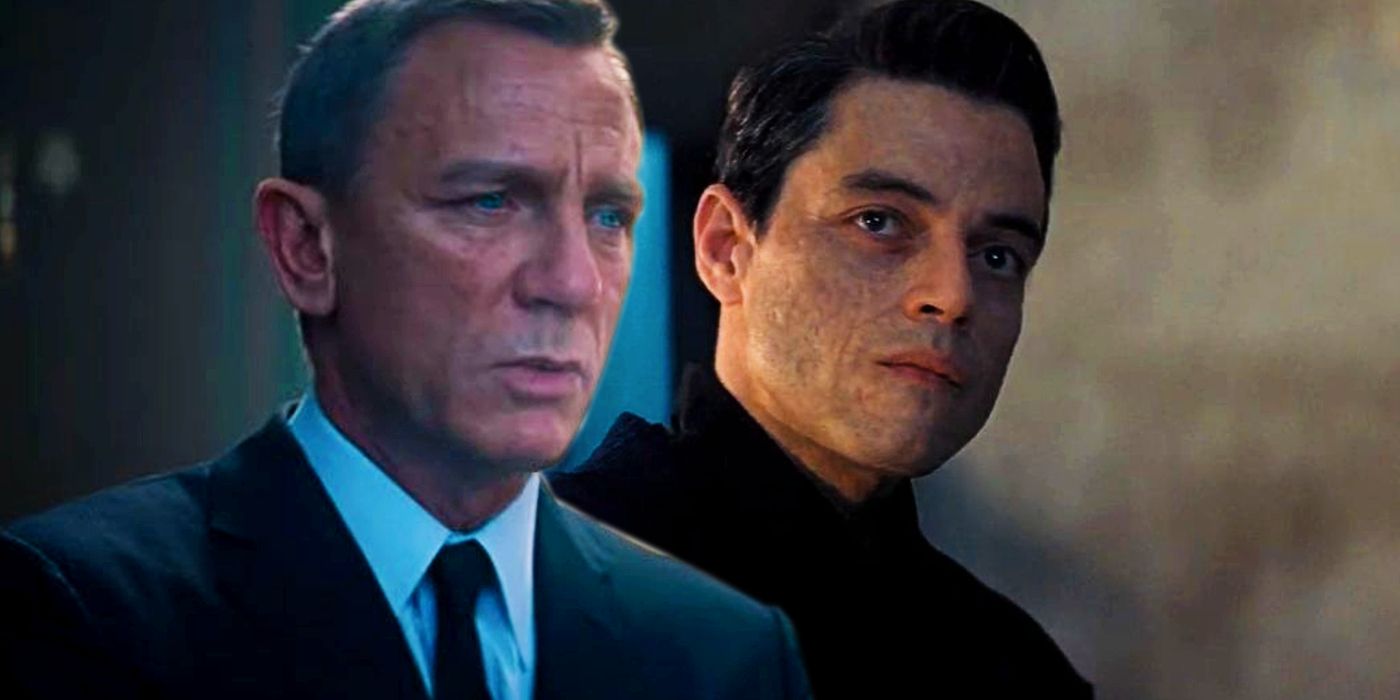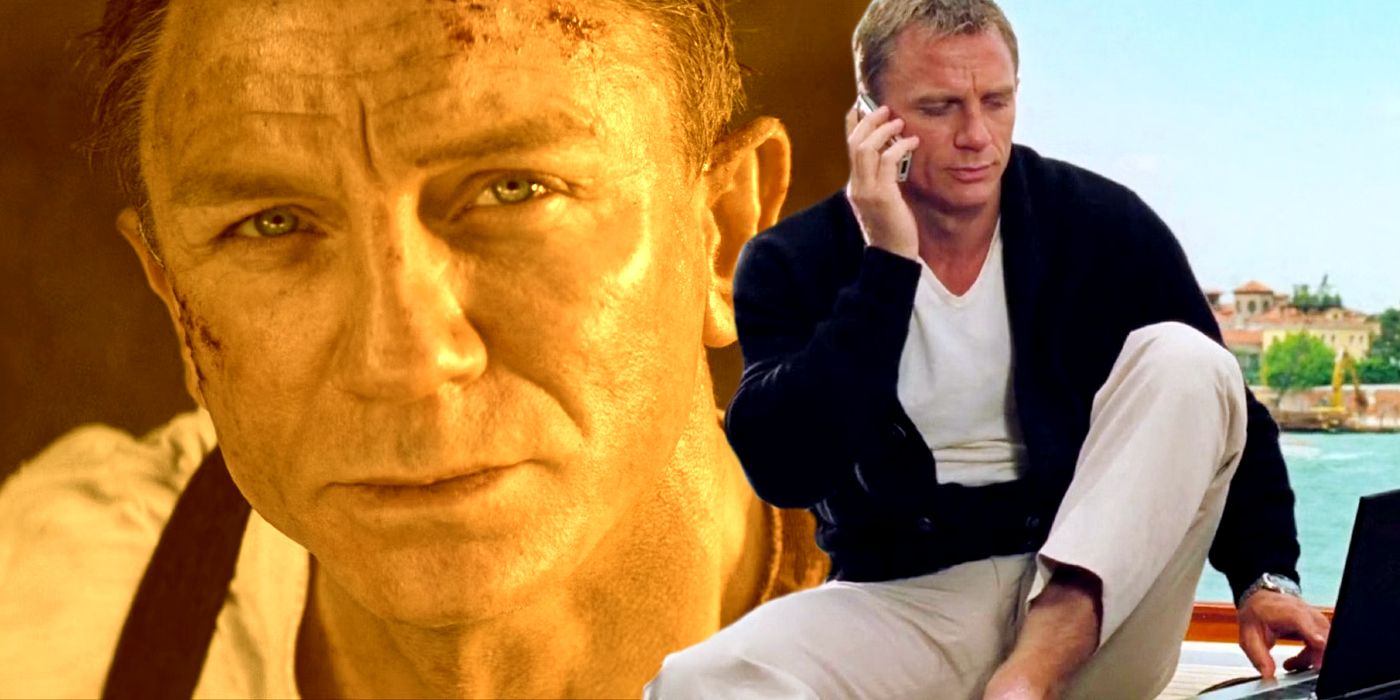While it was sad to see the iconic character finally die in the ironically titled No Time To Die, James Bond needed to sacrifice himself for reasons related to both the 25th Bond movie’s plot, and the character’s franchise history. If his first 24 canon movies proved anything, it was that nothing is impossible for James Bond. Throughout his movie appearances, the uber-competent, endlessly slick super-spy proved that he could charm any love interest, defeat any villain, and unravel any dastardly plan or conspiracy, no matter how absurdly convoluted.
Consequently, it was all the more shocking when 007 did the one thing he was seemingly incapable of at the end of 2021’s No Time To Die. James Bond died in No Time To Die’s explosive ending, as the character sacrificed himself to ensure the survival of his daughter and love interest - as well as, of course, the world’s population. Despite persistent pre-release rumors, this twist came as a surprise to many, since 007 had long been indestructible. Even in earlier James Bond movies starring Daniel Craig, who made a point of playing the character as a more fallible figure, 007 had always pulled off a last-second escape.
James Bond Had To Sacrifice Himself For Madeleine & Mathilde
Regardless of past invincibility, No Time To Die needed to kill off 007. For one thing, Bond would have been a constant danger to both his love interest, Madeleine, and his daughter, Mathilde, if he survived the movie. In a way, Safin’s No Time To Die plan worked - at least partially - in that the villain did successfully infect 007 with a nanobot cocktail that would kill Madeleine and Mathilde upon contact. This meant that even if 007 escaped the villain’s island lair alive, he would never have been able to come into contact with his daughter and her mother again, which was exactly what Safin hoped would happen.
James Bond Had To Die To Protect Himself Too
Not only would James Bond have been a constant danger to Mathilde and Madeleine if he escaped his fate, but the character would also have ruined his own life as a result of this. The remainder of 007’s own existence would be miserable, as the spy would be unable to touch the people he loved most. It is not entirely clear how close 007 could have gotten to Madeleine and Mathilde before they would have been infected with the lethal Heracles nanobots in his bloodstream, but with No Time To Die villain Safin already dead, the spy would not have been able to find out until it was too late.
Daniel Craig's 007 Had To Sacrifice Himself For James Bond 26's Reboot
Since Daniel Craig's James Bond movies have an internal continuity that other versions of the character did not rely on, his death gives the franchise a clean break before Bond 26 introduces a new version of 007. Without killing off its existing protagonist, Bond 26 would have needed to answer a lot of long-standing canon questions about the character once and for all. If Craig’s Bond was alive at the end of No Time To Die, but a new character was playing the role in Bond 26, for example, viewers would naturally wonder whether Craig’s 007 retired in this continuity, or if this was a new version of franchise canon.
Because No Time To Die kills 007 off, this problem is avoided entirely. However Bond 26 chooses to explain its new 007 - if, indeed, it offers an explanation - the connection to Daniel Craig has been severed. There is no way to present the new actor as a continuation of his predecessor, like the James Bond franchise has traditionally done. Likewise, Bond 26 need not be beholden to the tone and continuity of the Daniel Craig series. 007's death in No Time To Die offers complete freedom to begin the story anew, or continue in the same world, but with a new spy following in the dead Bond's footsteps.
James Bond Had To Sacrifice Himself Because A Villain Couldn't Kill Him
It is now possible for Bond 26 to ignore the franchise mystery of whether 007 has been replaced in the sequel thanks to his No Time To Die sacrifice. However, this does not mean that any kind of death would have worked for the character. It would have ruined the mysticism of James Bond if 007 had died directly at a villain's hand at the end of No Time To Die, as this would also have given the most long-delayed movie in the franchise a disarmingly depressing, anticlimactic ending. No Time To Die director Cary Fukunaga originally considered this approach, but backed off as he knew it would have failed.
While it is amusing to envision a James Bond movie ending with 007 felled by a random sniper’s bullet - something that actually occurred in Fukunaga's original No Time To Die ending - this twist is a momentarily funny subversion of expectations that would have had disastrous consequences for the franchise long-term. Killing off Bond at the hands of a faceless villain would have retroactively proven that 007’s unlikely earlier escapes were mostly dumb luck, robbing the iconic character of his well-earned mystique. This would sap Bond of the escapist appeal that makes his adventures so fun, and would do so in service of an amusing, but ultimately empty, gag.
Why James Bond's Death In No Time To Die Was Perfect
Bond’s death in No Time To Die made perfect sense because it allowed the franchise to kill off 007 without robbing the character of his style and verve. When the No Time To Die ending killed Bond, the scene proved that the spy was willing to do anything for the people he loved. This was the culmination of Daniel Craig’s work in the role, with the actor successfully imparting humanity into the iconic spy’s persona. Where earlier versions of James Bond were rightfully criticized for being cold, uncaring super-spies who would laugh off the death of a short-lived love interest with a callous quip, Craig’s Bond was a 007 with heart.
Daniel Craig’s take on the character was still a slick, tough super-spy who always had a plan, no matter how outlandish or outrageous the solution was. The character reaffirmed this in No Time To Die when he proved willing to sacrifice his life to ensure he defeated Safin. After No Time To Die wasted Blofeld, it was reassuring to see that the James Bond franchise did not forget 007's true character in the movie’s closing moments. Cool and collected even in the face of certain death, Craig’s 007 demise proved with No Time To Die that the James Bond franchise could kill off 007 in a way that fits his persona.

